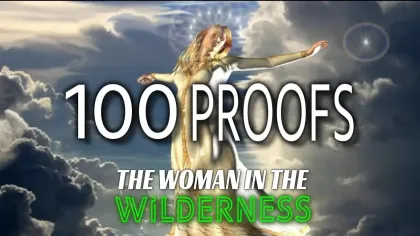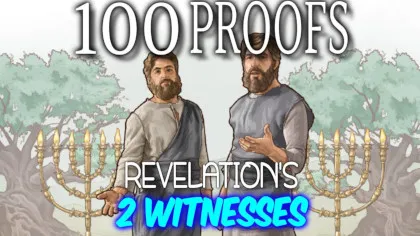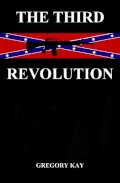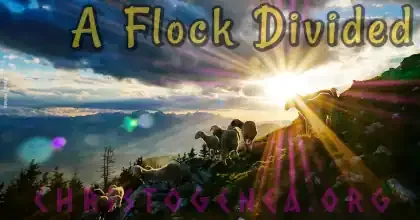TruthVid's 100 Proofs that the Israelites were White, Part 58: 73, The Blindness of Israel; 74, Interpreting the Gospel of the Kingdom

TruthVid's 100 Proofs that the Israelites were White, Part 58
We have recently discussed several of these 100 Proofs which were related to the facts that the children of Israel would be scattered, and then regathered into their own land, which is found in Europe, and there they would receive reconciliation to Yahweh through Christ. These proofs were manifested in our interpretations of the opening of the little book in Revelation chapter 10, the two witnesses of Revelation chapter 11, and the destiny and plight of the woman in the wilderness in Revelation chapter 12, where that same woman had later become a whore in Revelation chapter 17. This situation explains the circumstances of our world today. Now we shall move on to another related subject of prophesy, which explains why even though they were given and they would fulfill such promises, they would nevertheless remain blind as they fulfilled them. This blindness would persist in spite of the teachings of the apostles.
Before we begin, it must be explained that there are two blindnesses prophesied in Scripture. The first and more commonly discussed is the blindness of the inhabitants of Jerusalem found in Isaiah chapter 6. There we read, in part, where Yahweh is instructing Isaiah by way of a seraphim: “9 And he said, Go, and tell this people, Hear ye indeed, but understand not; and see ye indeed, but perceive not. 10 Make the heart of this people fat, and make their ears heavy, and shut their eyes; lest they see with their eyes, and hear with their ears, and understand with their heart, and convert, and be healed. 11 Then said I, Lord, how long? And he answered, Until the cities be wasted without inhabitant, and the houses without man, and the land be utterly desolate, 12 And the LORD have removed men far away, and there be a great forsaking in the midst of the land.”














 Please click here for our mailing list sign-up page.
Please click here for our mailing list sign-up page.








Recent comments